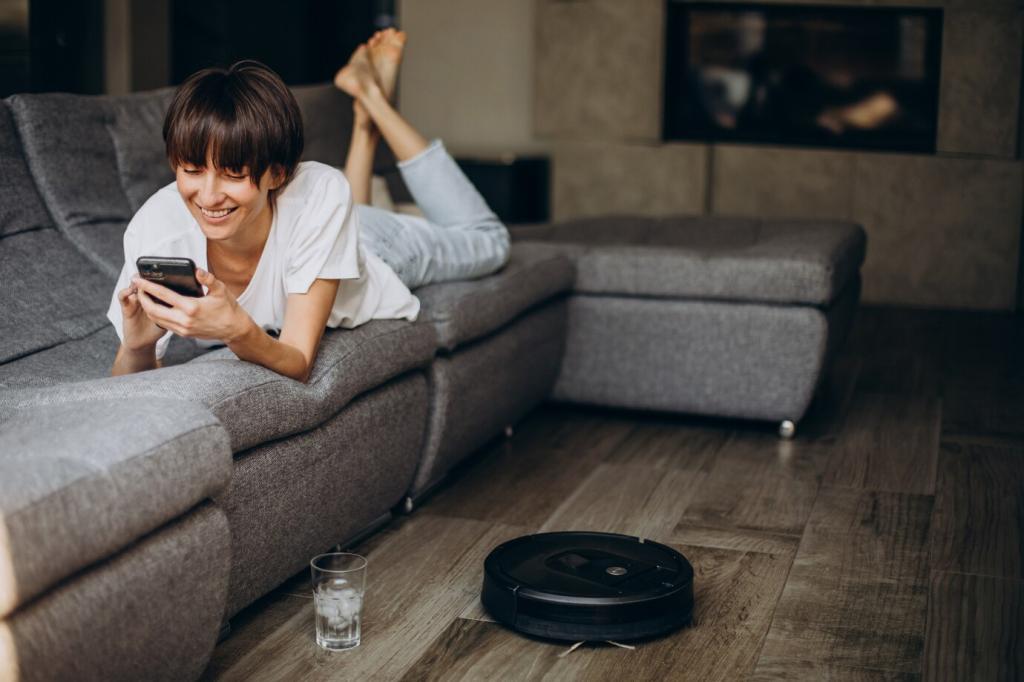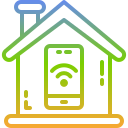Smart Home Automation Systems
Smart home automation systems are transforming the way we interact with our living spaces. By integrating technology into everyday devices, these systems offer increased convenience, security, and energy efficiency, connecting everything from lights to appliances through a central hub or mobile app. Whether you are interested in simplifying daily routines or seeking better control over your home environment, smart home automation provides flexible solutions that cater to modern lifestyles. As technology continues to evolve, these systems are becoming more accessible, sophisticated, and essential for homeowners seeking optimal comfort and efficiency.
The Foundation of Smart Home Automation
01
Sensors are vital in detecting environmental changes and relaying information between devices. They monitor variables like motion, temperature, and humidity, triggering automated responses such as adjusting lighting or climate control. Reliable connectivity ensures these communications happen instantaneously, leveraging Wi-Fi, Bluetooth, or proprietary wireless protocols to keep information flowing smoothly throughout the home. This interconnectedness creates an intelligent ecosystem where devices respond intuitively to your presence, habits, and preferences, optimizing daily routines and enhancing overall comfort.
02
A central hub acts as the brain of the smart home, aggregating commands and enabling streamlined interaction between devices. Whether embedded within a standalone device or as part of a mobile app, the controller simplifies management, presenting a unified interface for homeowners. With voice-activated assistants growing in popularity, many hubs are now compatible with platforms like Amazon Alexa or Google Assistant, further expanding control options. This centralization not only brings convenience but also boosts security by reducing the risk of unauthorized access to individual devices.
03
Controlling a smart home system is made effortless through mobile apps and user-friendly interfaces. These digital platforms allow you to adjust settings, monitor energy usage, schedule routines, and receive real-time notifications from anywhere. An intuitive design ensures even technology novices can make the most of automation, with customizable dashboards and voice commands personalizing the experience. Responsive interfaces also facilitate troubleshooting, helping users quickly address malfunctions or optimize device performance, thereby ensuring a reliable, responsive smart home environment.
Previous slide
Next slide

Intelligent Thermostats
Intelligent thermostats are designed to maximize comfort while minimizing energy consumption. They analyze your daily habits, occupancy patterns, and weather forecasts to automatically adjust temperature settings throughout the day. Remote access allows you to change preferences from any location, while advanced models offer insights into energy usage and tips for further savings. Integrating with voice assistants and activity sensors, these thermostats help maintain an ideal indoor climate, reducing monthly bills without sacrificing comfort or convenience.
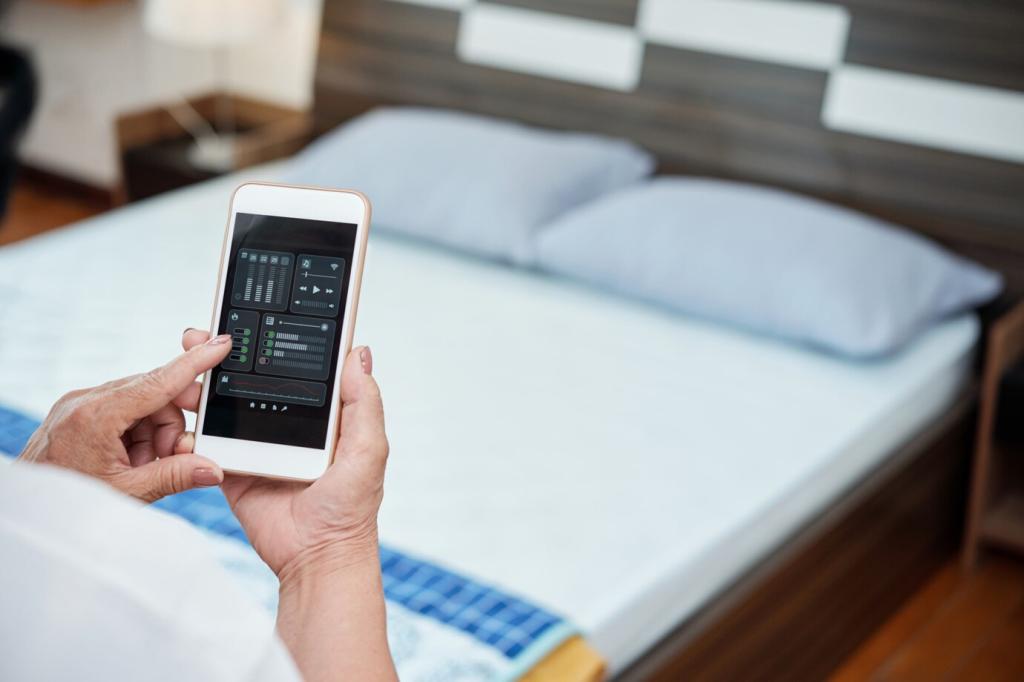
Smart Shades and Blinds
Automated shades and blinds work in tandem with climate control systems to manage sunlight, privacy, and indoor temperature. By scheduling opening and closing times or responding in real-time to sunlight intensity, these devices help prevent overheating while maximizing natural light. Smart shades can also be programmed to synchronize with your daily routine, adjusting automatically based on your typical activities. When combined with other home automation features, they contribute to a more energy-efficient household and enhance the aesthetic appeal of your interiors.
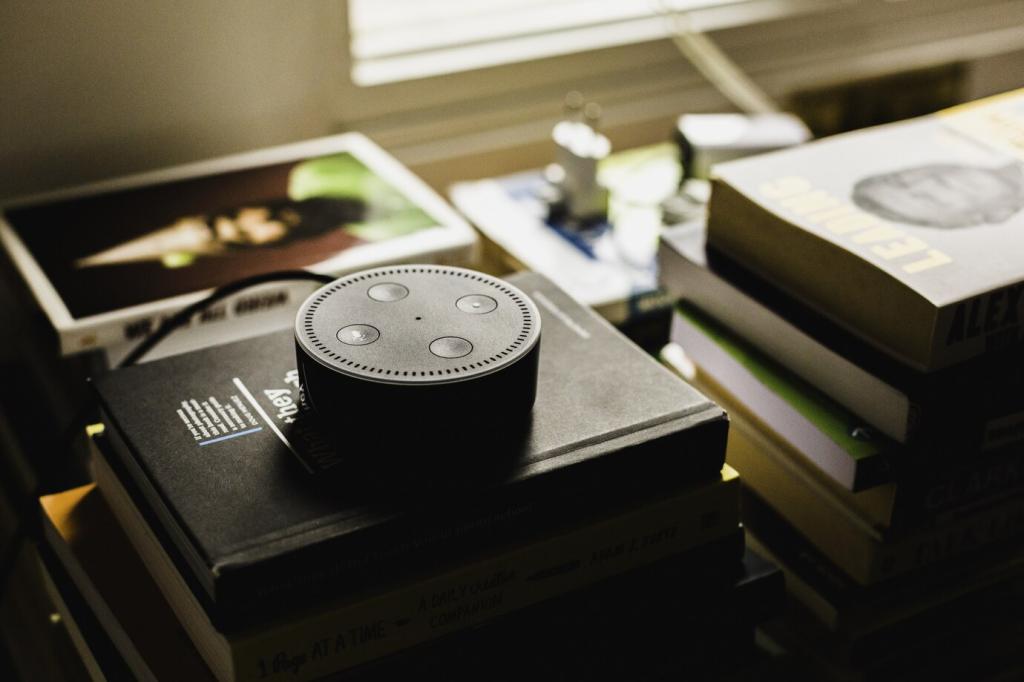
Energy Monitoring Devices
Energy monitoring devices track the consumption of electricity, gas, and water in real-time, providing actionable insights into usage patterns. By identifying power-hungry appliances and uncovering inefficiencies, homeowners can make informed decisions to cut energy costs and reduce their environmental impact. These devices often integrate with broader automation platforms, triggering automated actions such as shutting down idle electronics or adjusting schedules. The resulting transparency empowers you to optimize your home’s operation, maximize savings, and support sustainable living.
Lighting and Ambiance
Adaptive lighting controls make it effortless to adjust brightness, color, and patterns to complement activities or times of day. Whether you’re hosting a gathering, watching a movie, or winding down for bed, preset scenes can be activated with a single command or automated schedule. These intelligent lighting systems learn from your routines, gradually adapting to your preferences over time. Integration with motion sensors means lights automatically respond to occupancy, further enhancing convenience and helping to reduce unnecessary energy use.
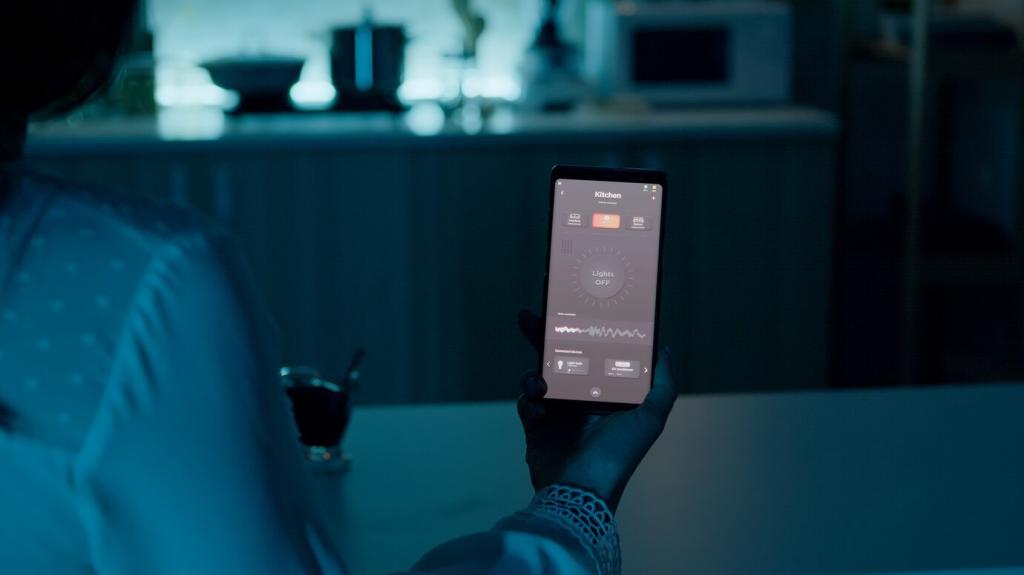
Entertainment and Multimedia Integration
Multi-Room Audio Systems
Multi-room audio systems distribute music and other audio content seamlessly throughout your home. These advanced setups let you enjoy synchronized playback or tailor listening experiences in each room independently. Controlled via smartphone apps or voice assistants, multi-room audio solutions connect wirelessly to streaming services, local libraries, and radio stations. Flexible configuration options enable households to match any listening preference, making it easy to entertain guests or create personalized soundscapes for relaxation and productivity.

Kitchen Automation and Smart Appliances
Smart Refrigerators
Smart refrigerators go far beyond simple food storage, incorporating touch screens, inventory tracking, and energy monitoring features. They can suggest recipes based on available ingredients, alert you when items are running low, and even place grocery orders automatically. Some models allow remote access via mobile apps, enabling you to check the contents while shopping or receive notifications about temperature changes. By integrating with other kitchen gadgets, smart refrigerators create a connected, informative environment that reduces waste and supports healthier eating habits.
Connected Coffee Makers and Cooking Devices
Connected coffee makers and cooking devices bring personalization and precision to meal preparation. With features such as programmable schedules, voice control, and smartphone integration, you can brew your morning coffee or start dinner from anywhere in your home. Smart ovens adjust cooking times and temperatures automatically, ensuring consistent results, while sous-vide and multi-cookers automate complex recipes. These devices streamline meal preparation, allowing you to focus on creativity rather than manual monitoring, transforming everyday cooking into a seamless, enjoyable experience.
Automated Inventory and Grocery Solutions
Automated inventory management and grocery solutions help keep your kitchen organized and well-stocked. Integrated barcode scanners, weight sensors, and inventory tracking software update shopping lists in real-time, notifying you when supplies need replenishing. Some systems can directly connect to online grocery services, facilitating automatic reordering and delivery. This automation reduces stress, prevents overbuying or waste, and ensures essential items are always available, making meal planning and preparation a much simpler process.
Health, Wellness, and Accessibility
Environmental quality monitors track factors such as air quality, humidity, carbon monoxide, and allergens in real time. By providing instant feedback and integrating with HVAC systems or air purifiers, these monitors help maintain a healthy indoor environment for all residents. Alerts and recommendations are delivered via mobile notifications, empowering homeowners to take immediate action if poor air quality or hazardous conditions are detected. As a part of a smart home system, these devices are especially useful for families with respiratory sensitivities or young children, ensuring ongoing peace of mind.
